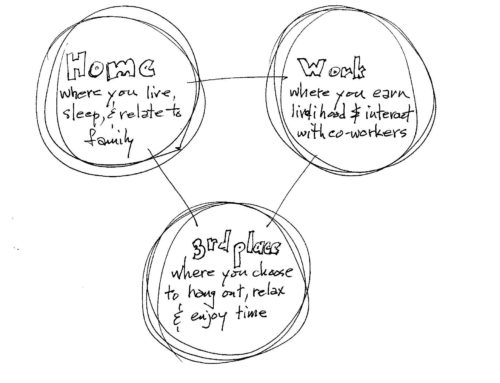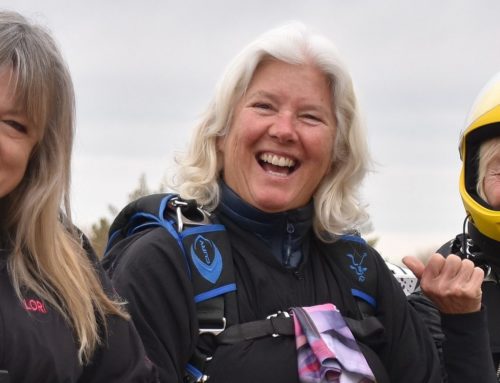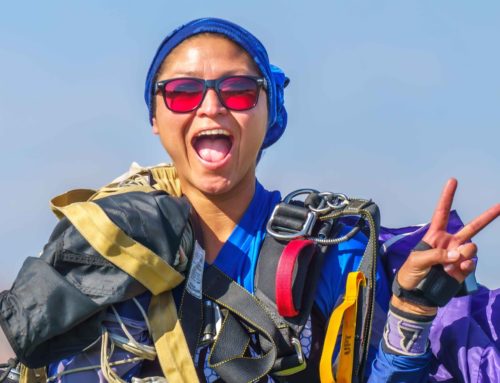Having a ‘Timeout’ from Skydiving
There will be times where we have a ‘timeout’ in skydiving, whether this is from injury, having a baby, doing something different for a while or living in a country where the weather doesn’t play ball. Whether you have had a big break or a small break, the advice below will help you get back into the sky safely making sure you have the confidence to go and jump again.
Before taking a break
If you know you are taking a timeout from jumping, make sure to pack your kit away to ensure it remains in good condition. It would be recommended to unpack your main fully, and leave it in a dry place (indoors ideally). Keep your kit together (helmets, altimeters, jumpsuits and fully written up logbook) as you never know when you are going to be jumping again! The last thing you want to do is be running around not knowing where everything is!
Post-break
Kit and personal preparation:
Firstly, find your kit (see above…) Make sure to check all your ancillary equipment: Do your jumpsuits still fit? Are you comfortable wearing your full face helmet? Ideally change the batteries on your Altimeter (if needed) and audibles.
Take your unpacked rig to see a rigger. Get a reserve repack and a full check of your main canopy by your local rigger. Either watch the rigger re-pack your main or do it yourself (with someone competent watching if needed). This will reduce ‘gear-fear’ later on.
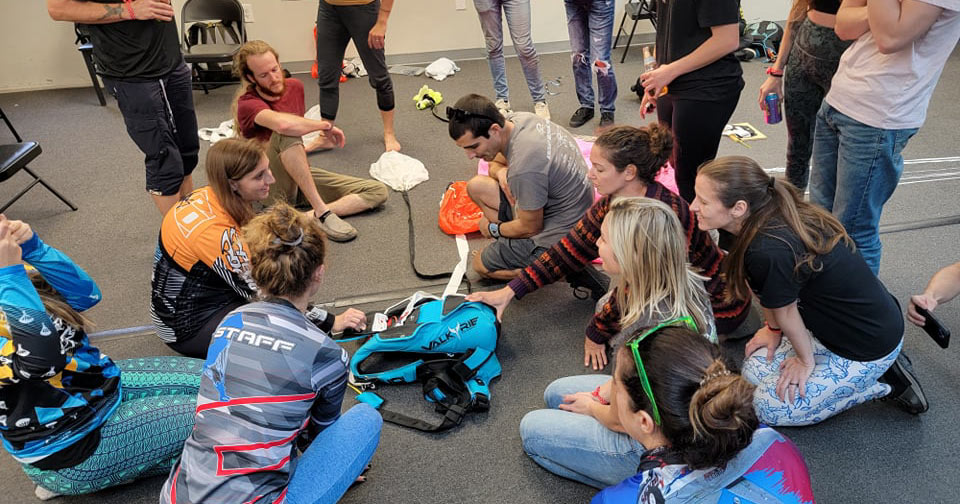
Watching your main and reserve repack is a great way to remove ‘gear-fear’
Always ask yourself whether you are comfortable jumping your main canopy straight away – or would you feel more comfortable upsizing for a few jumps first? This depends on how many jumps you have done on your main canopy and what other main canopies are available to you. Note: If you do not feel comfortable jumping your main straight away, you can always find a way to have an upsized parachute and/or container available to you. You should never jump a parachute that you do not feel ready for, even if it is the parachute you have jumped many times before. This is a spot where people can get tripped up. It’s ok to upsize if you need to to safely get recurrent.
If you have had a personal break due to medical reasons, check your affiliation’s recommendations on whether you need to see a doctor before jumping again. Different organizations may require you to get a medical certificate to jump again – your insurance may be void if this is not complete.
Make sure to pay your affiliation’s yearly membership and check the Operations Manual (if available) on what ‘type’ of jump you can complete relative to your personal experience and time out from the sport.
Arriving at the Dropzone:
After a break, it would be recommended to go to a dropzone you are comfortable jumping at with instructors and staff you have met previously. Have all your documentation in order to make the process more smooth. If you have had a long break, the dropzone may dictate what type of jump you can do or they may require you to do a refresher ground course with an instructor prior to doing your first jump back. If they don’t do this, make sure to refresh your own personal emergency procedures – know your hard deck and decision altitudes.
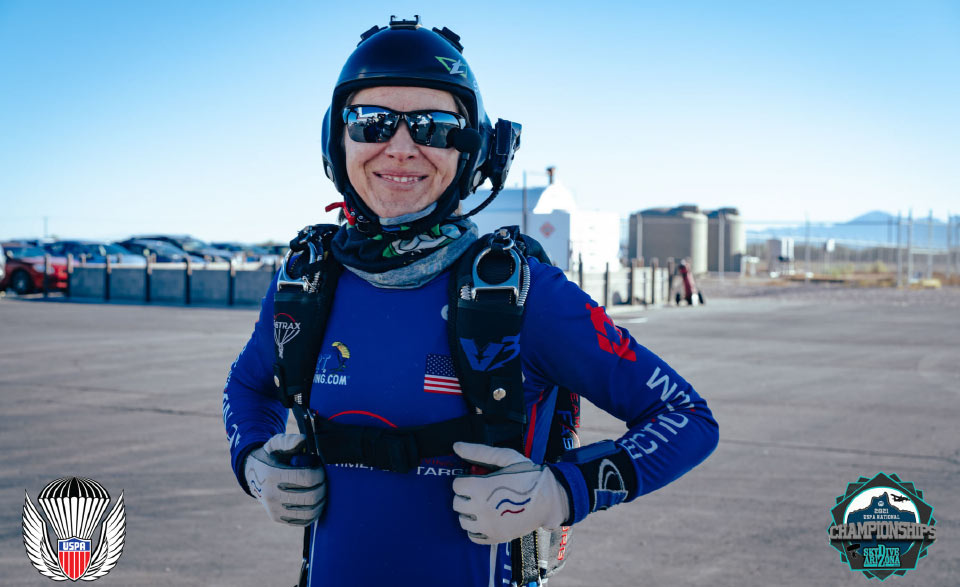
Get comfortable with your emergency drills
Even if you are comfortable with the dropzone, get another DZ orientation – things may have changed since you last jumped at this dropzone. Understand your ‘outs’, landing pattern, run-in for the day, wind strength and exit order priorities. This will make you feel more comfortable when you finally get up in the air.
First jump back:
Depending on how long your break has been and what licence you have, there may be different rules on what type of jump you can do when you get back into the sky. In the UK for example, you may be required to jump with an instructor for your first jump back (make sure you check the Operations Manual or ask your dropzone for further information).
No matter what your experience, make sure you do something you are comfortable with. It would be recommended to keep it small, jumping with people you are familiar with and making sure you are comfortable with the skills required to complete the jump. A hop-n-pop may be suitable for your first jump back as you get used to flying your canopy again in clear skies.
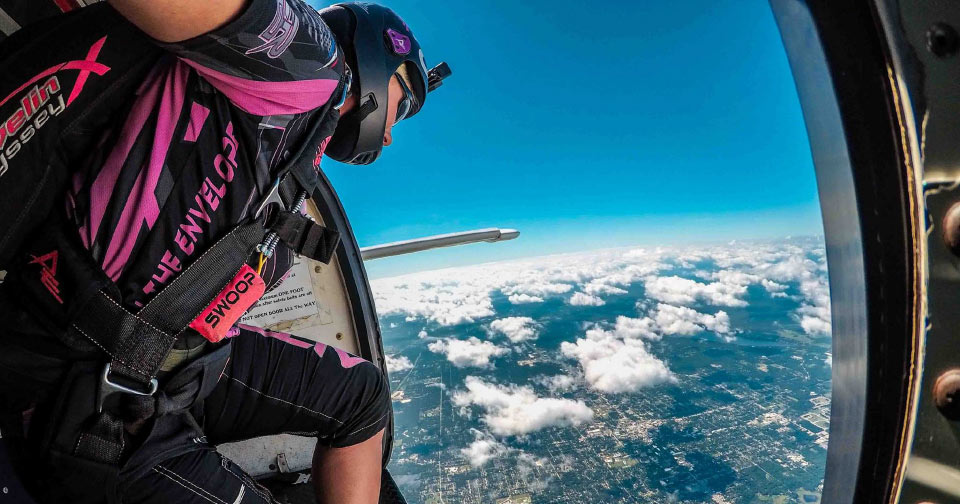
Hop-n-pop skydiving
If you decide to jump with friends, make sure they know this is your first jump back so you break off high, giving yourself lots of clear airspace to deploy. Jump with people who are current and those who know the dropzone well so they are able to ‘spot’ before you exit the plane.
Before you manifest:
Before manifesting yourself on a jump, ideally watch the other canopies land so you can understand what the wind and weather conditions are. If you are not comfortable with the wind or visibility conditions, make the decision not to jump until the conditions have improved.
Mental Game:
Fear is normal. In skydiving, it is sometimes ‘normalized’ that you shouldn’t feel fear once you have a certain number of jumps. However, if you speak to those more experienced they will tell you that after any break, having a bit of fear is normal. Check out this video from professional skydiver, Melanie Curtis, speaking to her own process of getting back in the air after a long break. You are definitely not alone in this!
You can help yourself manage this fear by watching your previous skydiving videos and through visualisation and meditation. Mel offers a free online class on this too, click here for that. Make sure to manage your sugar and caffeine before your first jump back too. Caffeine and adrenaline are not the best combination!
In the plane, take deep, slow breaths to calm yourself. Do some positive affirmations and remind yourself that you got this. You got this. Before you get out of the plane, smile at the people around you. This will calm your nerves. Take a final deep breath and feel that freedom again once you take that leap!
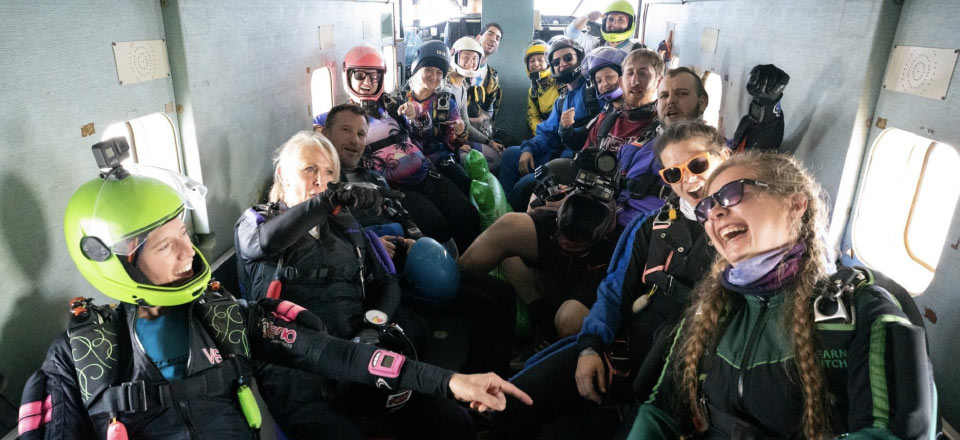
Smiling will help calm your nerves
After your first jump back:
Firstly, welcome yourself back into our amazing sport! Enjoy hanging out at the dropzone at the end of the day and re-meeting your skydiving family.
Once you’ve done a few jumps and started feeling comfortable back in the sky, think about doing a canopy course to make sure you are comfortable flying your canopy in different conditions, or look into trying something new. Is there something you’ve always wanted to try in skydiving and didn’t do before your break? There is no limit to what you can do in the sky and in our sport.
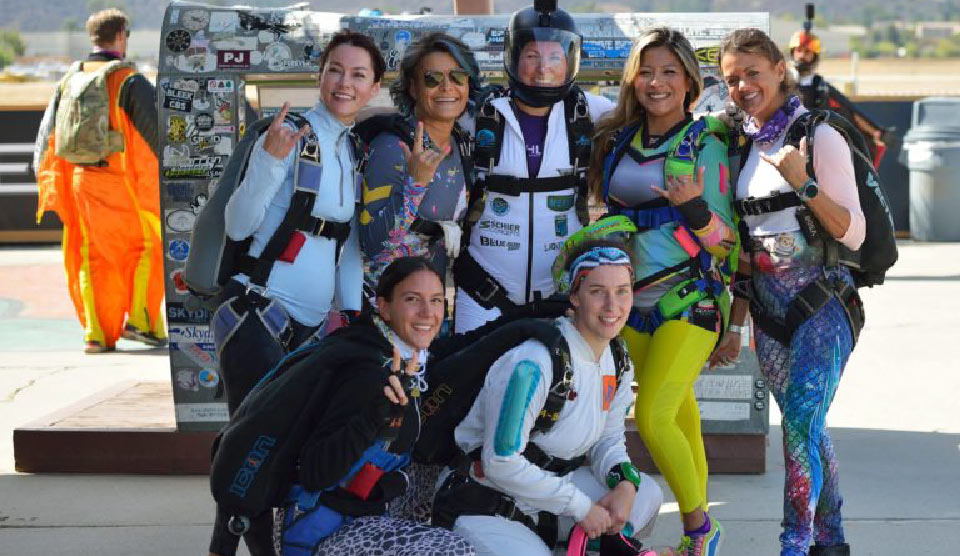
Sky Family!
We hope the article above provides you with a brief overview of how to get back into the sky safely! We recommend speaking to more experienced skydivers and mentors for further advice. Here is the WSN private FB group to support women in skydiving at any stage. Welcome back, Sky Sister!

